Tomato paste, a key ingredient in numerous recipes across different cuisines, adds depth and richness to dishes. While store-bought tomato paste provides convenience, crafting your own homemade version offers a unique experience and an opportunity to control the quality and flavor. In this article, we will explore the benefits of making tomato paste from scratch, provide a step-by-step guide, and share some useful tips for a successful DIY tomato paste venture. 1. Quality Control and Freshness: One of the significant advantages of creating homemade tomato paste is the ability to use fresh and high-quality ingredients. The store-bought variants often contain additives, preservatives, or flavor enhancers that might not align with your preferences or dietary restrictions.

.
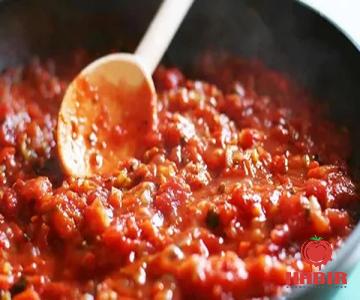 By starting from scratch, you can ensure that your tomato paste is free from any undesired additives, guaranteeing a healthier and more wholesome final product. 2. Flavor Customization: Another compelling aspect of DIY tomato paste is the freedom to personalize the flavor according to your taste preferences. By selecting your favorite tomato varieties and adjusting the cooking process, you can experiment with different combinations to create a paste that perfectly complements your dishes. From the tangy sweetness of heirloom tomatoes to the robust richness of plum tomatoes, the possibilities are endless. 3. Cost-Effective Solution: While some specialty tomato pastes can be quite expensive, making your own can provide substantial cost savings in the long run. By purchasing tomatoes in bulk during the peak of the season or utilizing surplus tomatoes from your garden, you can significantly reduce the expenditure while maximizing the yield.
By starting from scratch, you can ensure that your tomato paste is free from any undesired additives, guaranteeing a healthier and more wholesome final product. 2. Flavor Customization: Another compelling aspect of DIY tomato paste is the freedom to personalize the flavor according to your taste preferences. By selecting your favorite tomato varieties and adjusting the cooking process, you can experiment with different combinations to create a paste that perfectly complements your dishes. From the tangy sweetness of heirloom tomatoes to the robust richness of plum tomatoes, the possibilities are endless. 3. Cost-Effective Solution: While some specialty tomato pastes can be quite expensive, making your own can provide substantial cost savings in the long run. By purchasing tomatoes in bulk during the peak of the season or utilizing surplus tomatoes from your garden, you can significantly reduce the expenditure while maximizing the yield.
..
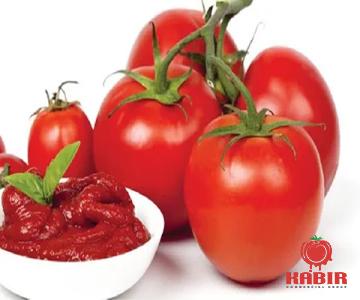 Step-by-Step Guide to DIY Tomato Paste: Step 1: Selecting the Right Tomatoes Choose ripe, meaty tomatoes with a high pulp-to-seed ratio for the best results. Plum, Roma, or San Marzano tomatoes are popular choices due to their concentrated flavor and lower water content. Step 2: Preparing the Tomatoes Wash the tomatoes thoroughly, remove the stems, and cut them into halves or quarters. Remove the seeds and excess liquid by squeezing gently. Step 3: Simmering the Tomato Puree In a large pot, place the tomato pieces and cook on low heat until they are soft and the skin starts to peel off. Once the tomatoes have boiled down, blend them into a smooth puree using a blender or food processor. Step 4: Reducing the Puree Pour the tomato puree back into the pot, season it with salt, and cook over low heat, stirring occasionally. Continue simmering until the puree thickens and reduces to a paste-like consistency. This process may take several hours, so patience is key. Step 5: Sterilizing and Preserving While still hot, carefully pour the tomato paste into sterilized jars or airtight containers.
Step-by-Step Guide to DIY Tomato Paste: Step 1: Selecting the Right Tomatoes Choose ripe, meaty tomatoes with a high pulp-to-seed ratio for the best results. Plum, Roma, or San Marzano tomatoes are popular choices due to their concentrated flavor and lower water content. Step 2: Preparing the Tomatoes Wash the tomatoes thoroughly, remove the stems, and cut them into halves or quarters. Remove the seeds and excess liquid by squeezing gently. Step 3: Simmering the Tomato Puree In a large pot, place the tomato pieces and cook on low heat until they are soft and the skin starts to peel off. Once the tomatoes have boiled down, blend them into a smooth puree using a blender or food processor. Step 4: Reducing the Puree Pour the tomato puree back into the pot, season it with salt, and cook over low heat, stirring occasionally. Continue simmering until the puree thickens and reduces to a paste-like consistency. This process may take several hours, so patience is key. Step 5: Sterilizing and Preserving While still hot, carefully pour the tomato paste into sterilized jars or airtight containers.
…
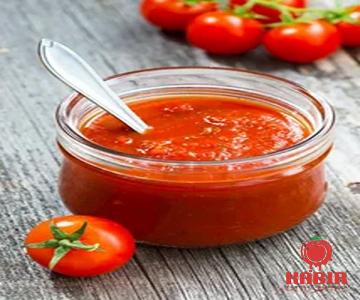 To extend the shelf life, you can consider adding a layer of olive oil on top or storing the containers in the freezer for later use. Useful Tips for Successful DIY Tomato Paste: a. Use a wide and shallow pan to speed up the evaporation process and reduce cooking time. b. Stir the tomato puree occasionally to prevent it from sticking or burning. c. Experiment with different seasoning combinations such as garlic, basil, or oregano to add depth to the flavor profile. d. Consider incorporating a small amount of citric acid to help preserve the color and freshness of the paste. Conclusion: Crafting your own tomato paste is a rewarding culinary endeavor that allows you to harness the freshest ingredients while customizing the flavor to your liking. By following the step-by-step guide and implementing the useful tips shared above, you can embark on a DIY tomato paste journey that enhances your cooking and impresses your taste buds. With quality control, flavor customization, and cost-effective convenience at your fingertips, homemade tomato paste is a valuable addition to any kitchen repertoire.
To extend the shelf life, you can consider adding a layer of olive oil on top or storing the containers in the freezer for later use. Useful Tips for Successful DIY Tomato Paste: a. Use a wide and shallow pan to speed up the evaporation process and reduce cooking time. b. Stir the tomato puree occasionally to prevent it from sticking or burning. c. Experiment with different seasoning combinations such as garlic, basil, or oregano to add depth to the flavor profile. d. Consider incorporating a small amount of citric acid to help preserve the color and freshness of the paste. Conclusion: Crafting your own tomato paste is a rewarding culinary endeavor that allows you to harness the freshest ingredients while customizing the flavor to your liking. By following the step-by-step guide and implementing the useful tips shared above, you can embark on a DIY tomato paste journey that enhances your cooking and impresses your taste buds. With quality control, flavor customization, and cost-effective convenience at your fingertips, homemade tomato paste is a valuable addition to any kitchen repertoire.

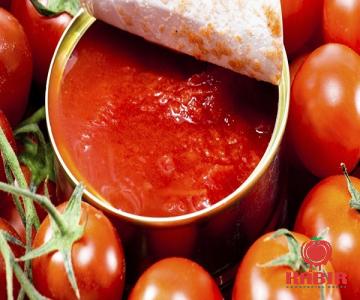



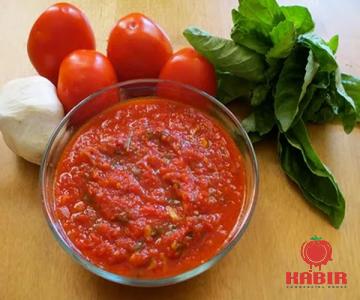
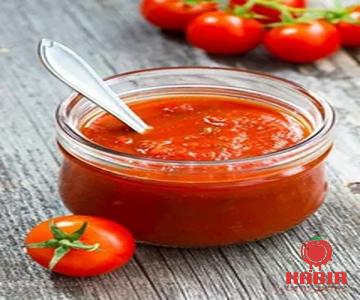


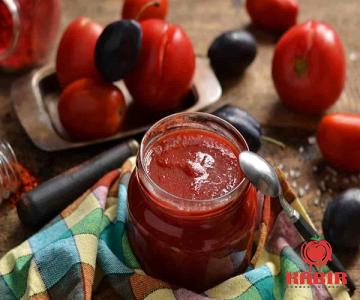
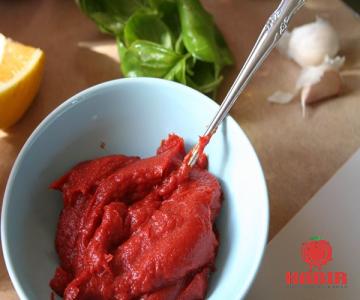
Your comment submitted.